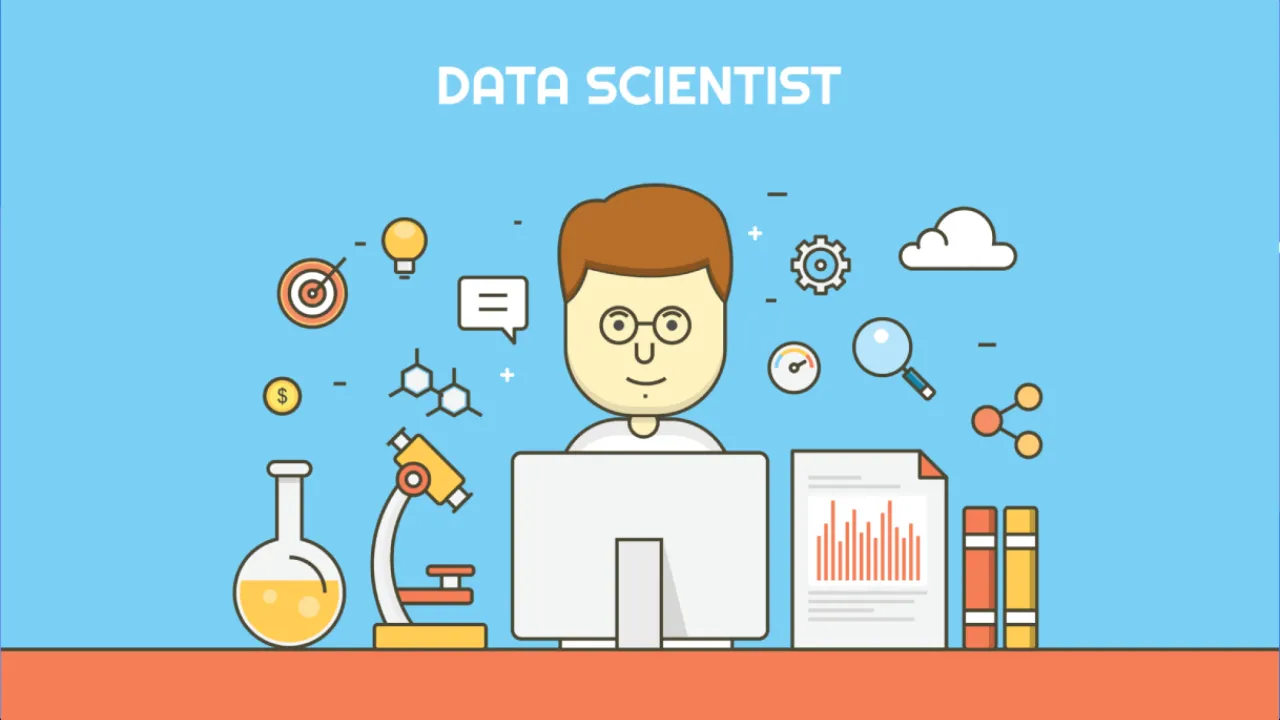How to Learn Data Science: A Step-by-Step Guide
Want to become a data scientist? This guide will show you how to learn data science from scratch, with tips, resources, and a roadmap to follow.
Why do most data science learners fail?
High barriers to entry
Many would-be data science learners give up because they think learning data science is too expensive. Bootcamps and certification programs can come with huge price tags that scare people off. Many learners don’t realize there are more affordable ways to learn.
Boring curriculum
Affordable courses don't guarantee success. Many online courses consist of dry video lectures or recordings of other people writing code. This isn’t engaging, so learners end up tuning out.
As a result, these types of courses have completion rates of
The right way to learn data science
Through that experience — and through the experiences of the hundreds of thousands of learners who’ve gained data science skills on Dataquest over the last eight years — I’ve come to understand a lot about what works and what doesn’t when it comes to learning data science.
And it’s all built into the Dataquest experience.
Dataquest’s “learning loop”
For learners to be successful, we need to feel like we’re making progress. The importance of this can’t be understated. We need to feel like we can immediately use the skills we’re learning.
That’s why Dataquest is hands-on. You’ll be writing and running real code and working with real datasets from day one.
In our side-by-side learning platform, you’ll read about a concept on the left side of the screen, then be challenged to write and run real code to apply what you’ve learned on the right side.
This simple learning loop repeats through every single one of our courses. You learn something new and immediately apply it to a real data science problem. Each screen builds on the previous screen and leads into the next one.
That means that as you’re learning, you’ll know you have truly grasped the material because you’re using it to do real data science work.
You’re not watching lectures. You’re not filling in the blanks or answering multiple choice questions. You’re writing and running code, exactly like you will in a real data science job.
Tailored course paths
An important part of this approach is that our courses are carefully sequenced to ensure there are no gaps. One course always leads into the next one, and each has a very specific goal in mind.
For example, here are some of our career paths:
- Data Scientist
- 35 courses
- 26 projects
- No prerequisites
- Data Analyst
- 25 courses
- 20 projects
- No prerequisites
- Data Engineer
- 19 courses
- 16 projects
- No prerequisites
Many of our students love these paths because they contain everything they need to know to obtain a position. Yeah, really! If you want to become a data analyst, every ounce of information you need is within the Data Analyst career path.
Plus, there are no prerequisites. Anybody can do it!
You can get started for free by clicking on any of the links above.
Fun real-world projects
While all of our courses get you working hands-on with real data, we also know that it’s critical to synthesize the skills as you learn.
That’s why most of our courses end with guided projects that challenge you to answer real data science questions using the skills you’ve learned in previous courses.
These projects are fun learning tools that help cement your new knowledge, but they’ll also help you when it’s time for your job search, as you can include them in your project portfolio. (Hiring managers love it when you do this, by the way.)
Example projects in the data science path include:
- Prison Break — Have fun analyzing a dataset of helicopter prison escapes using Python and Jupyter Notebook.
- Profitable App Profiles for the App Store and Google Play Markets — Work as a pretend data analyst for a company that builds mobile apps. You’ll use Python to provide value through practical data analysis.
- Exploring Hacker News Posts — Work with a dataset of submissions to Hacker News, a popular technology site.
- Exploring eBay Car Sales Data — Use Python to work with a scraped dataset of used cars from eBay Kleinanzeigen, a classifieds section of the German eBay website.
- Finding Heavy Traffic Indicators on I-94 — Explore how using the pandas plotting functionality with the Jupyter Notebook interface allows us to quickly explore data using visualizations.
- Clean and Analyze Employee Exit Surveys — Work with exit surveys from employees of the Department of Education in Queensland, Australia. Play the role of data analyst and pretend the stakeholders want answers to important data questions.
- Star Wars Survey — Work with Jupyter Notebook to analyze data about Star Wars movies.
